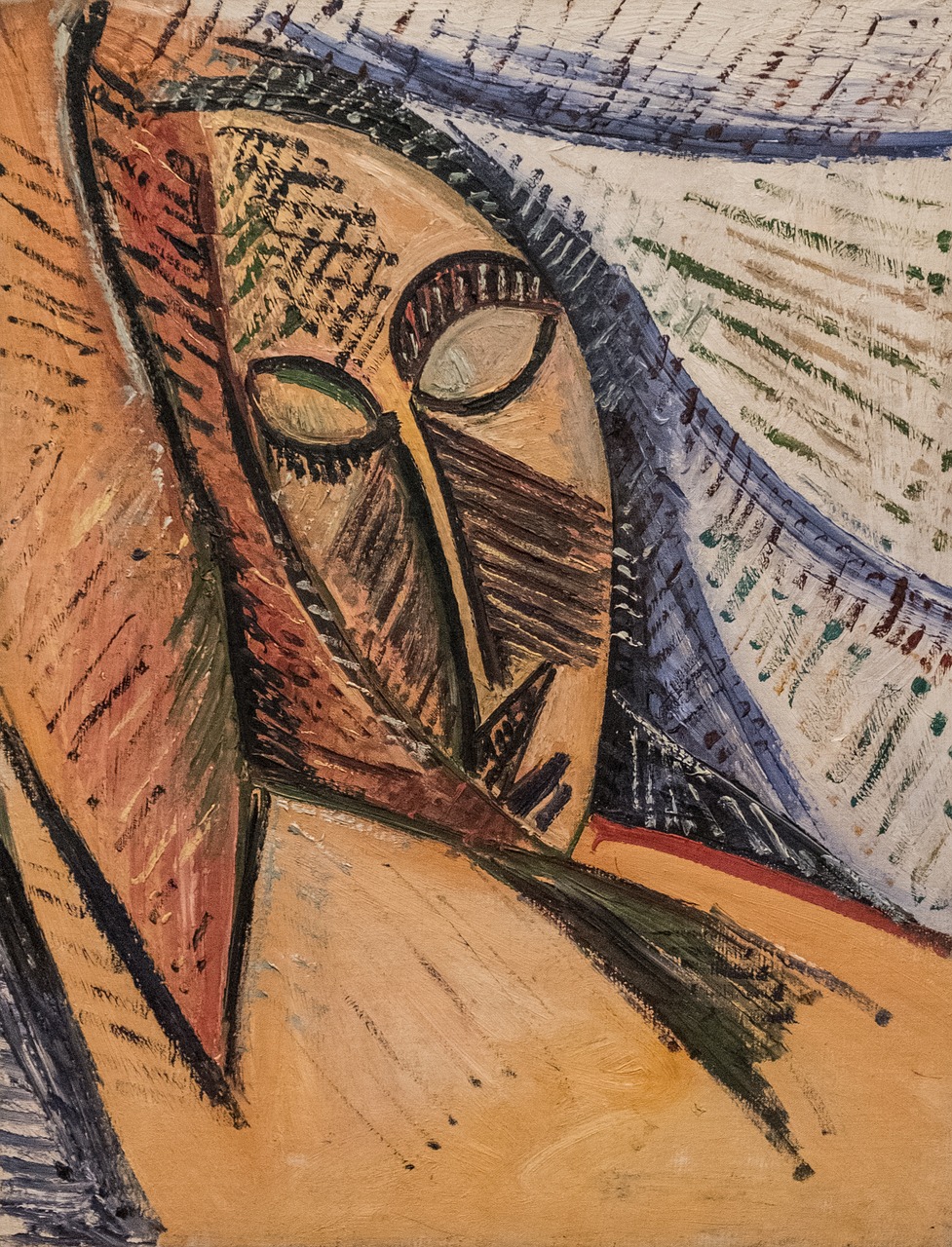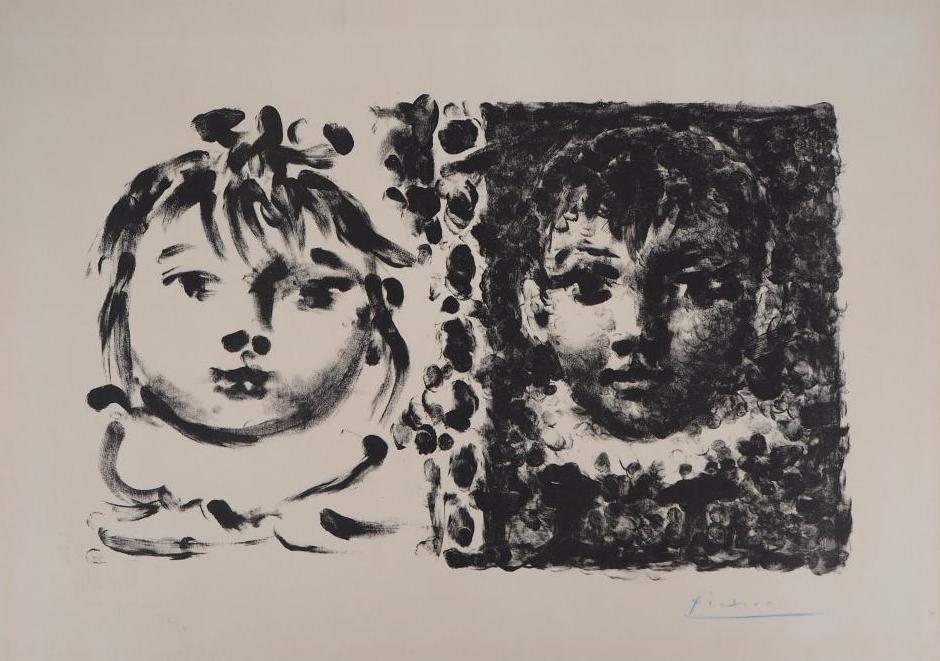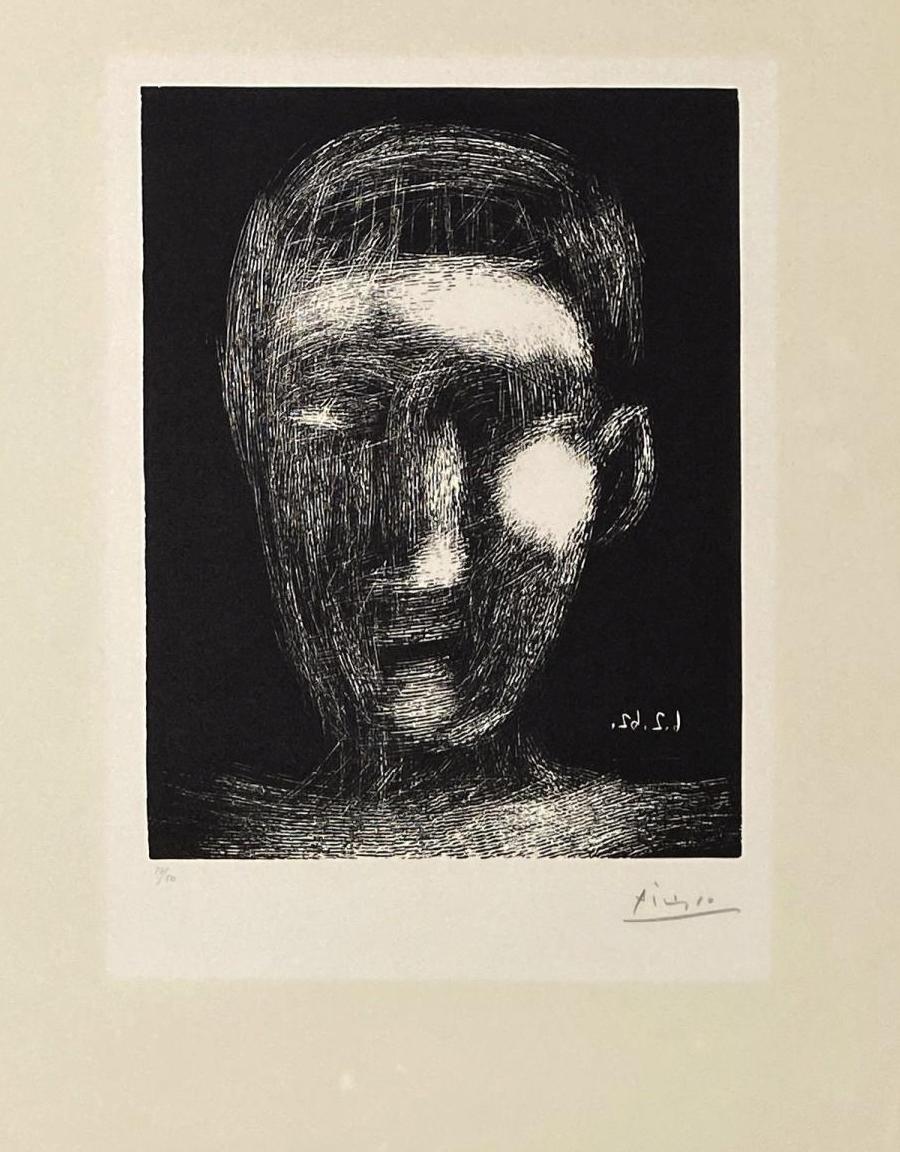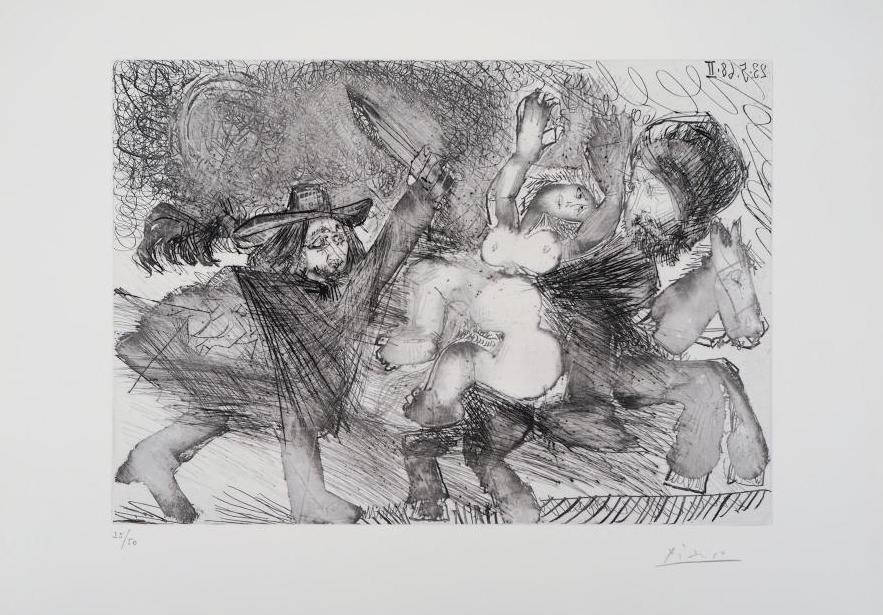Can NFTs be associated with one of the most famous artists in the world? The Pablo Picasso Foundation does not seem to want the painter's name to be mixed with the "Non-Fungible Token", or "non-fungible tokens". We explain in this article what these digital objects are, their advantages and disadvantages.
While the heirs of Pablo Picasso were preparing to put on sale in the form of NFT a work of the painter and plastic artist, it turns out that the latter was in fact a creation of the great-grandson of the painter and could not in no way be directly associated with the name of Pablo Picasso. The Picasso Administration then went to the front and refuted this project.
What are NFTs?
NFTs are non-fungible tokens that could be defined as certificates of authenticity associated with a virtual digital object (image, music, video, etc.). Revealed by the digitization of the art market, they are experiencing an unprecedented boom since the Covid-19 crisis.
The NFT is stored in a blockchain, ie like a large database or an inventory that would contain all the exchanges between users. The NFT is deemed inviolable because it is specifically registered on this blockchain and cannot be copied or modified. It can simply be exchanged or resold.
In France, NFTs were the subject of controversy because auctions could not be the subject of sales of immaterial goods. Recently, the Voluntary Sales Council, in charge of regulating auctions, said it was open to a change in the law.
NFTs are criticized for their intangible nature. As it is a very new technology, there could totally exist drifts and immoral uses. They are also criticized for the significant speculative movement they generate. Finally, a person wishing to acquire an NFT cannot do so directly in euros. He must first download an application (Wallet) which is a digital wallet, convert his euros there before acquiring an NFT on a specialized platform and store it in the wallet to then resell or not.
The prints of Pablo Picasso
If you want to invest in a work by Picasso, the artist's prints, for example, are a very good way to acquire an original work at still “reasonable” prices.
Picasso experimented with engraving from every angle. His prints are less known than his paintings or drawings, but it is undoubtedly in this technique that he developed the most plastic innovations. It is said that he could go through more than 10 states of the same work before being satisfied. By acquiring an engraving, a lithograph or a linography, you are choosing a work of high quality and which will have generated many hours of work.
Pablo Picasso
Children: Paloma and Claude, 1950
Original lithograph (Mourlot workshop)
Pablo Picasso
boy head
Original linocut
Pablo Picasso
Woman, Mamluk and Musketeer
Original etching (etching, drypoint and scraper)




